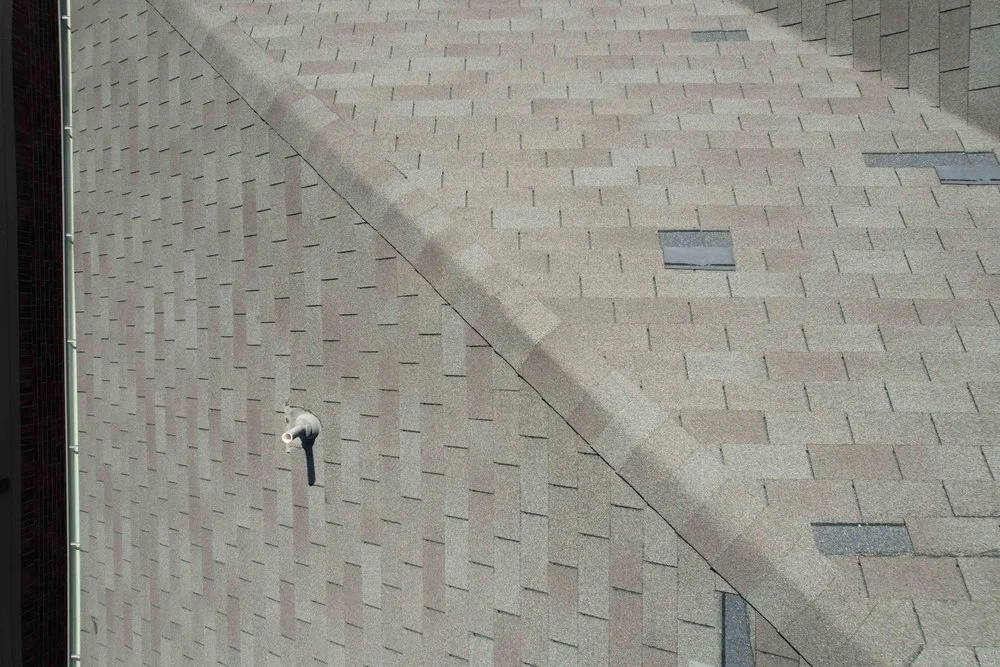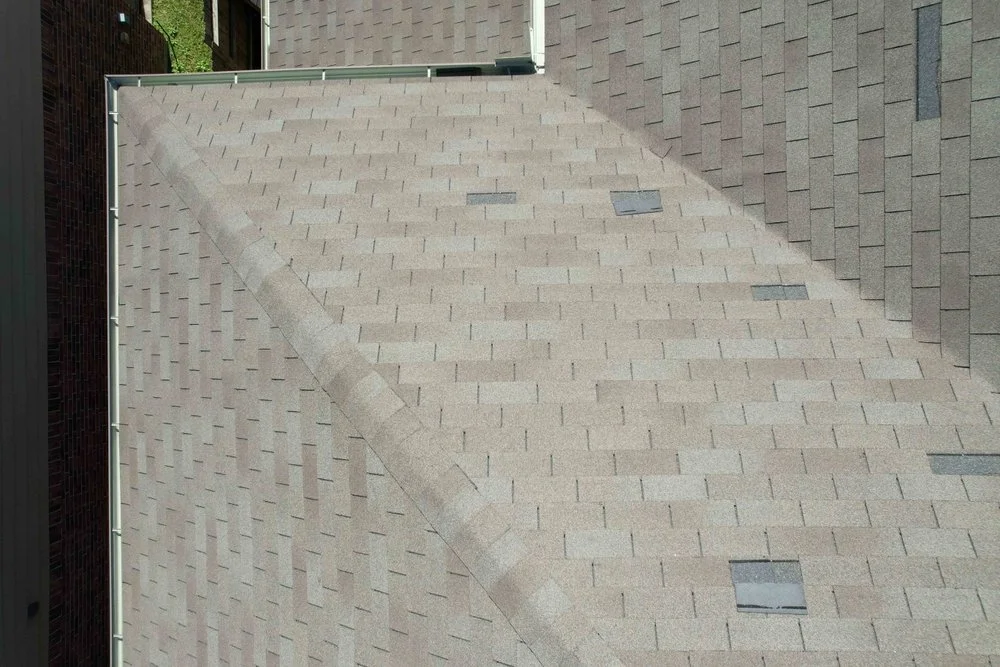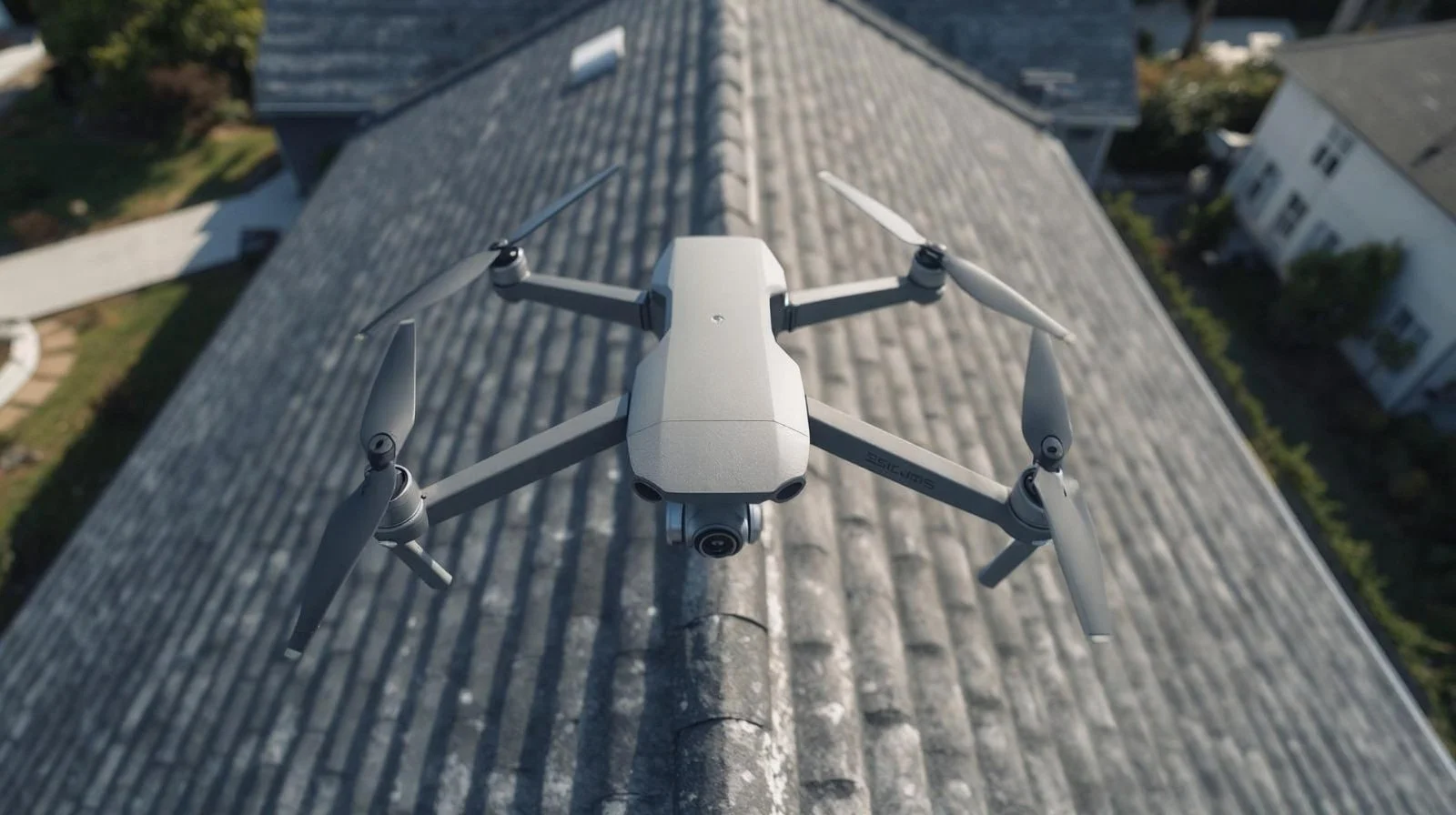Know Your Roof Condition? NO, YOUR ROOF CONDITION!
By taking a proactive approach to roof maintenance, you can protect your home, save money on insurance premiums, and ensure that you're adequately covered in the event of damage. Don't wait until a problem arises – invest in regular inspections and maintenance to keep your roof in top condition.
Your roof is your home's first line of defense against the elements. It protects you, your family, and your belongings from rain, snow, wind, and sun. But did you know that the condition of your roof can also significantly impact your homeowner’s insurance? Understanding this connection can save you money and prevent potential headaches down the road.
Tips for Proactive Homeowners
Here are some tips to help you maintain your roof and protect your insurance coverage:
• Regular Inspections: Inspect your roof at least twice a year, especially after severe weather.
• Professional Maintenance: Hire a qualified roofing contractor for regular maintenance and repairs.
• Address Issues Promptly: Repair any leaks, damaged shingles, or other issues immediately.
• Keep Records: Maintain records of all inspections, repairs, and maintenance work.
• Communicate with Your Insurer: Inform your insurer of any significant roof repairs or upgrades.
Insurance companies assess risk when determining your premiums and coverage. A damaged or poorly maintained roof presents a higher risk of leaks, structural damage, and potential claims. Factors that influence a roof's condition include:
• Age: Most roofs have a lifespan of 20-30 years, depending on the material.
• Materials: Different materials (asphalt shingles, tile, metal) have varying lifespans and durability.
• Weather Exposure: Harsh weather conditions can accelerate wear and tear.
• Maintenance: Regular inspections and repairs are crucial for prolonging roof life.
Impact on Insurance Premiums
Insurers often conduct inspections or request information about your roof's age and condition before issuing or renewing a policy.
A roof in poor condition can lead to:
• Higher Premiums: Insurers may charge higher premiums to offset the increased risk.
• Coverage Limitations: They might exclude coverage for roof-related damage.
• Policy Denial: It used to only be in extreme cases that insurers denied coverage. But today it has become common practice for insurers to deny coverage for literally for missing shingles.
Impact on Insurance Claims
If your roof is damaged and you file a claim, the insurer will investigate the cause and extent of the damage. If the damage is due to pre-existing conditions or lack of maintenance, the claim may be denied or only partially covered. For example, if a leak occurs because of old, brittle shingles, the insurer might argue that the damage was preventable and deny the claim. Documentation is key. Having records of roof inspections and repairs can greatly help when filing a claim.
Tips for Proactive Homeowners
Here are some tips to help you maintain your roof and protect your insurance coverage:
• Regular Inspections: Inspect your roof at least twice a year, especially after severe weather.
• Professional Maintenance: Hire a qualified roofing contractor for regular maintenance and repairs.
• Address Issues Promptly: Repair any leaks, damaged shingles, or other issues immediately.
• Keep Records: Maintain records of all inspections, repairs, and maintenance work.
• Communicate with Your Insurer: Inform your insurer of any significant roof repairs or upgrades.
By taking a proactive approach to roof maintenance, you can protect your home, save money on insurance premiums, and ensure that you're adequately covered in the event of damage. Don't wait until a problem arises – invest in regular inspections and maintenance to keep your roof in top condition.
Homeowners’ Insurance in Houston Area: Increased Selectivity
Homeowner's insurance in Houston is becoming increasingly difficult to obtain. Recent trends indicate that insurance companies are being far more selective about whom they insure. This article explores the reasons behind this shift, the impacts on Houston homeowners, and offers advice for those seeking coverage.
Understanding Recent Trends and Impacts
A Shifting Insurance Landscape
Homeowner's insurance in Houston is becoming increasingly difficult to obtain. Recent trends indicate that insurance companies are being far more selective about whom they insure. This article explores the reasons behind this shift, the impacts on Houston homeowners, and offers advice for those seeking coverage.
The Reasons Behind the Selectivity
Several factors are contributing to the increased selectivity of insurance companies. Houston's vulnerability to severe weather events, such as hurricanes and floods, has led to a surge in insurance claims. The city's aging infrastructure also plays a role, increasing the risk of water damage and other issues. Furthermore, rising rebuilding costs, influenced by supply chain disruptions and labor shortages, make each claim more expensive for insurers.
Increased Frequency of Claims
Severe weather events
Aging infrastructure
Higher rebuilding costs
Impacts on Houston Homeowners
The increased selectivity of insurance companies has several significant impacts on Houston homeowners:
Difficulty Obtaining Coverage: Many homeowners are finding it challenging to get new policies or renew existing ones.
Higher Premiums: Even those who can secure coverage are facing significantly higher premiums.
Stricter Underwriting: Insurance companies are scrutinizing properties more closely, requiring inspections and potentially denying coverage based on property condition or location.
Limited Coverage Options: Some insurers are reducing the scope of their policies, excluding certain types of damage or offering lower coverage limits.
Tips for Securing Homeowner's Insurance
Prepare Your Home
Install flood mitigation measures.
Despite the challenges, there are steps homeowners can take to improve their chances of securing affordable insurance. Addressing any existing property issues through necessary repairs and regular maintenance is crucial. Investing in flood mitigation measures, such as installing flood vents or elevating appliances, can also reduce your risk profile. Be proactive in maintaining your property to prevent potential problems.
Shop Around and Compare
Work with an independent agent.
Get multiple quotes.
Consider different coverage options.
It's essential to shop around and compare quotes from multiple insurance companies. Working with an independent insurance agent can be beneficial, as they can access a wider range of policies and provide tailored advice. Don't hesitate to explore different coverage options and adjust deductibles to find a balance between coverage and affordability.
Looking Ahead
The homeowner's insurance market in Houston is likely to remain challenging in the near future. Understanding the factors driving these changes and taking proactive steps to mitigate risk and explore insurance options will be crucial for homeowners seeking to protect their properties.
Roof Inspections with Drones and AI - A Game Changer
Traditional roof inspections are often time-consuming, costly, and potentially dangerous. Inspectors need to physically climb onto roofs, which can be hazardous, especially on steep or damaged surfaces. The process can also be subjective, relying on the inspector's eyesight and experience to identify issues. Furthermore, scheduling can be a hassle, and homeowners often have to wait for favorable weather conditions.
Drone imagery and AI are a game changer and are revolutionizing residential roof inspections by offering a safer, more accurate, and more efficient approach compared to traditional methods.
The Problem with Traditional Roof Inspections
Traditional roof inspections are often time-consuming, costly, and potentially dangerous. Inspectors need to physically climb onto roofs, which can be hazardous, especially on steep or damaged surfaces. The process can also be subjective, relying on the inspector's eyesight and experience to identify issues. Furthermore, scheduling can be a hassle, and homeowners often have to wait for favorable weather conditions.
Drones:
Capture high-resolution images and videos.
Access hard-to-reach areas safely.
Reduce inspection time significantly.
Provide a comprehensive visual record.
Drones and AI: A Powerful Partnership
Enter the game-changing combination of drone technology and artificial intelligence (AI). This innovative approach transforms roof inspections, offering numerous advantages over traditional methods.
AI:
Analyzes drone-captured imagery.
Identifies potential damage (e.g., cracks, missing shingles).
Provides objective and consistent assessments.
Generates detailed reports with quantifiable data.
How Drone Imagery Works
Drones equipped with high-resolution cameras fly over the roof, capturing detailed images and videos from multiple angles. These drones can access areas that are difficult or dangerous for human inspectors to reach, providing a complete visual record of the roof's condition. The imagery captured is significantly more detailed than what can be seen from the ground or even during a traditional inspection.
The Role of AI in Analyzing Roof Data
Once the drone has captured the imagery, AI algorithms take over. These algorithms are trained to identify various types of roof damage, such as:
Cracked or missing shingles
Granule loss
Damaged flashing
Ponding water
Algae or moss growth
The AI analyzes the images, flags potential problem areas, and generates a report with detailed findings. This report can include measurements, damage severity, and repair recommendations. The AI provides a consistent, objective assessment, reducing the risk of human error or bias.
Benefits of Drone and AI Roof Inspections
Safety:
Drones eliminate the need for inspectors to physically climb on roofs, reducing the risk of falls and injuries.
Accuracy:
AI algorithms provide consistent, objective assessments, minimizing the risk of human error or bias. High-resolution images capture even subtle damage.
Efficiency:
Drones can complete inspections in a fraction of the time compared to traditional methods. AI analysis provides rapid results, enabling faster repairs.
Real-World Examples
Several companies are already utilizing drone and AI technology for roof inspections. For example, ABC Roofing uses drones to inspect roofs after storms, quickly identifying damaged homes and prioritizing repairs. Their AI system has reduced inspection times by 70% and improved accuracy by 40%.
Another example is XYZ Insurance, which uses drone and AI inspections for underwriting and claims processing. This allows them to assess risk more accurately and process claims more efficiently.
The Future of Roof Inspections
The use of drones and AI in roof inspections is expected to grow rapidly in the coming years. As technology advances, we can expect even more sophisticated AI algorithms that can identify a wider range of damage and predict future problems. Drones will become more autonomous and capable of operating in challenging environments. This technology will continue to drive down costs, improve accuracy, and enhance safety for homeowners and industry professionals alike.
Summary
By leveraging drone-captured images and AI algorithms, inspectors can quickly identify damage, assess its severity, and provide repair recommendations with unprecedented precision. This technology is transforming the roofing industry, promising a future of proactive maintenance and reduced risk for homeowners.







